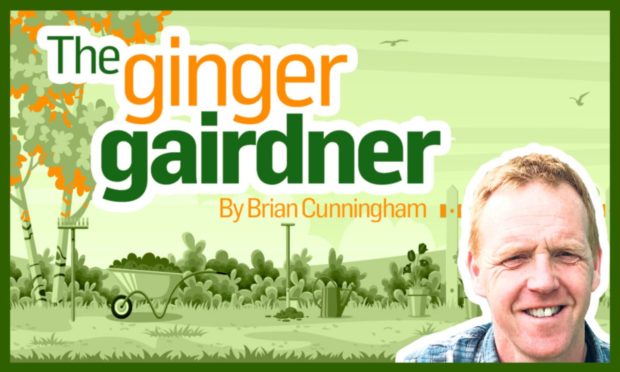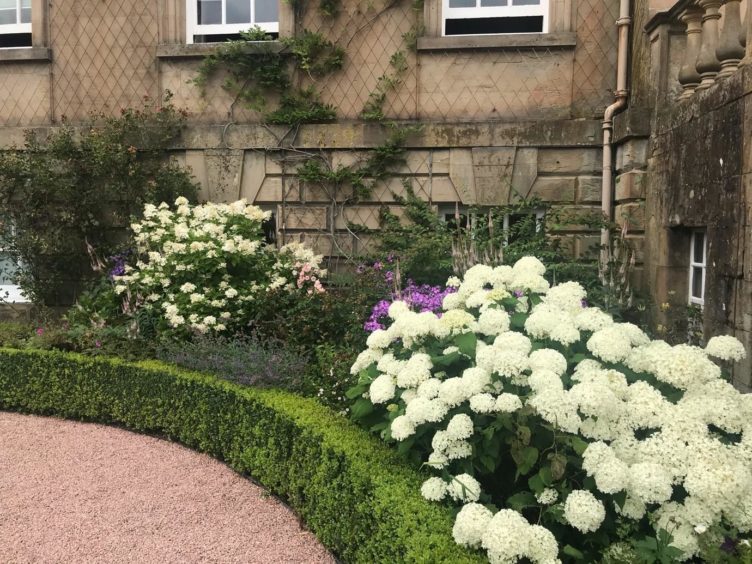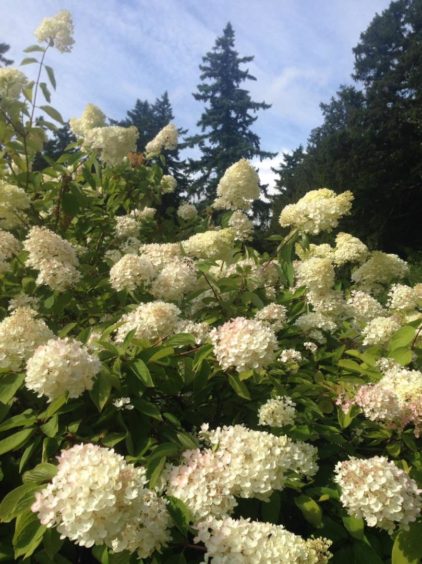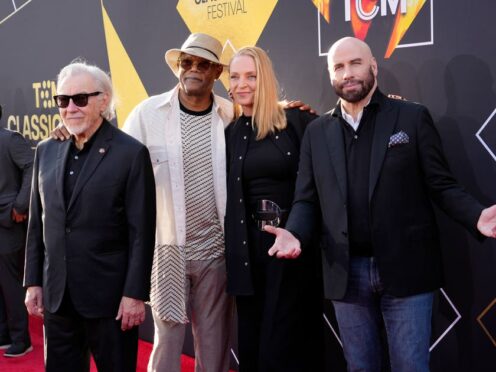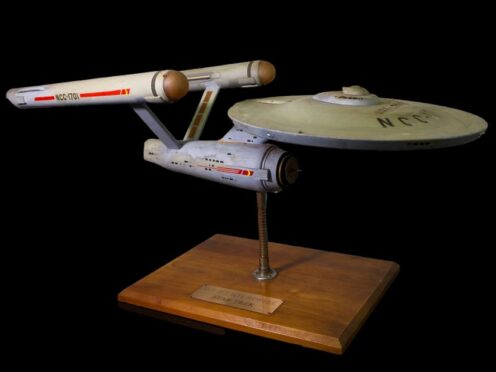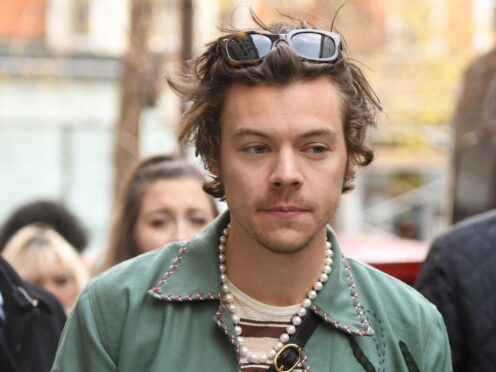During my wedding reception one of my good friends pulled me to one side, put his arm around me and told me just to stop, take a look around and to soak it all in.
I’m very grateful for that, as fourteen years later I can still go back to our big day in my head, seeing all the faces of family and friends who were smiling and dancing.
It’s at this point in the year that I like to do the same out in the garden.
A variety of plants
There have been seasonal highlights for me to enjoy along the way, but now that we’re at the peak of the gardening year I can really take pleasure in the garden I’ve worked hard to create.
I’m picking fresh crops daily from the no-dig vegetable plot. Autumn raspberries and brambles are starting to tease me with the odd fruit in the soft fruit cage, while plums, apples and pears are ready for picking in the orchard.
I’m almost finished trimming all the hedges and topiary pieces throughout my garden to neaten them up.
Admiring the garden
It’s a job that will make their shapes look all the more crisp and smart when the garden is bare and they will become the garden interest come winter time.
Shrubs such as Philadelphus, Lilac and Witch hazel that flowered earlier in the year are taking a back seat now, but still provide a backdrop for all the herbaceous perennials currently in bloom.
As I enjoy my garden, as well as the others I visit, there is still one genus of woody shrubs standing out from all the rest – the Hydrangea.
Hydrangea
I must confess that I hadn’t appreciated just how diverse this group of plants was and what value it could bring to the garden, all the way from late spring through to early autumn.
Until a few years ago, my knowledge didn’t really extend beyond the many popular ‘mophead’ varieties – those rounded deciduous shrubs with flowers in shades of pink, red, blue and white.
It is an interesting plant, as the alkalinity of your soil can affect the flower colour.
A splash of colour
However, as Scotland mostly has an acid soil, the blue hydrangeas tend to remain blue rather than being dirtied with pink.
The colour is more intense on the western coast of the country.
The Hydrangea doesn’t like drying out, which is why they do well with me on the clay soil of Old Scone, near Perth.
A good mulch around the base of the plant with compost, leaf mould or manure each spring will help improve your soil, and also help the plant cope with drier spells during the growing season.
A classier variety
I don’t wish to offend, but I really do struggle to bear the sight of these, despite me understanding the colourful qualities they bring to a garden.
Perhaps it is due to the influence of my good wife over the years that I now favour a classier Hydrangea plant for my garden.
Cultivars of the tough, medium to large flowering H. paniculata, which originates from Japan and China, were the first to open my eyes to the wider world of Hydrangeas.
Grandiflora
As the name suggests, ‘Grandiflora’ produces large flowers, cream coloured and up to 30cm (12inches) long. They turn pink as they go over, standing on shrubs that are sometimes 3m (9ft) high.
These large flowers are the result of pruning the long shoots right back to 5-7.5cm (2-3inches) at the end of each winter.
This, and the red-stemmed Vanille Fraise, make the most wonderful plants for the garden.
Alternative varieties
A good, reliable, tried-and-tested plant is H. arborescens ‘Annabelle’, which earned a Scottish Gardenplant Award.
It is fairly small, only reaching a height of around 1.5m (5ft) and it has huge, rounded heads of brilliant white that tend to bend over the foliage.
Meanwhile, a real statement plant is H. aspera subsp. Sargentiana, which, in a sheltered spot or woodland garden, produces stems covered with stiff hairs and bristles. It has large, grey-green velvety leaves.
Climbing Hydrangea
It’s for these characteristics that I love this plant, which also gives us large, flat, bluish flower-heads with white florets.
There is a climbing Hydrangea suitable for covering a problem north-facing wall, as it attaches itself to it with aerial roots.
I have seen pictures of it growing in the wild and I’m determined to replicate that by having it climb up a tree.
The dark-green leaves eventually turn yellow, adding another quality on top of the lacy white blooms, making it a “value for money” plant.
Oak-leaved Hydrandea
Earlier this year I planted an oak-leaved hydrangea from the south east of the United States, and I’m keen to see how well it does.
Moving away from flowering displays, I hope this plant will survive and grow so that I can enjoy its magnificent bronze-purple autumn tints.
